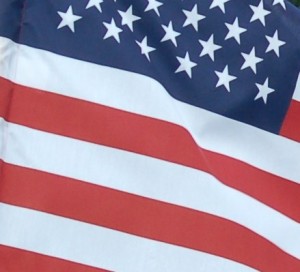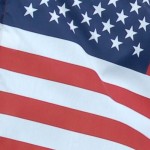 Constitutional Convention opened in Philadelphia, Pennsylvania, in 1787. While the delegates came with ideas of revising the Articles of Confederation, they realized they had to create a new type of government. The Constitutional Convention concluded on September 17, 1787. Idea: Children could read Jean Fritz’s Shh! We’re Writing the Constitution.
Constitutional Convention opened in Philadelphia, Pennsylvania, in 1787. While the delegates came with ideas of revising the Articles of Confederation, they realized they had to create a new type of government. The Constitutional Convention concluded on September 17, 1787. Idea: Children could read Jean Fritz’s Shh! We’re Writing the Constitution.
Northwest Ordinance was created in 1787. It provided for the government of the territory north of the Ohio River. However, it was the foundation for all other American territorial governments. It established how the territory could eventually become a state, and it guaranteed basic freedoms for its inhabitants. States carved from the Northwest Territory include Illinois, Indiana, Wisconsin, Ohio, Michigan, and Minnesota. Idea: Older children could read a transcript of the document at: Northwest Ordinance. Children could find out how a territory can become a state or states.
 Constitutional Convention met from August 6 to September 10, 1787. This Philadelphia meeting was called the “Great Debate,” and the purpose was to draft a constitution. Idea: Children could read Shh! We’re Writing the Constitution, written by Jean Fritz. Older children could learn about the members at an EXCELLENT site: Framers.
Constitutional Convention met from August 6 to September 10, 1787. This Philadelphia meeting was called the “Great Debate,” and the purpose was to draft a constitution. Idea: Children could read Shh! We’re Writing the Constitution, written by Jean Fritz. Older children could learn about the members at an EXCELLENT site: Framers.
Constitutional Convention unanimously approved the Constitution in 1787 in Philadelphia, Pennsylvania. Almost all of the 42 delegates signed the document. It then had to be ratified by nine of the thirteen states. Children could find some very interesting questions about the members of the Convention at: Archive
Today is also Constitution Day, when school children across the country learn about the Constitution and its signers. A wonderful book about the signers is Dennis Brindell Fradin’s The Founders: The 39 Stories Behind the U. S. Constitution. Children could also visit http://www.constitutionday.cc/. There they could take a quiz and construct a poster.

Robert Gray
Robert Gray became the first United States citizen to circumnavigate the world. He sailed from Boston on September 30, 1787 and traded with the Northwest Coast Indians. He traveled to China before returning to Boston on August 9, 1790.
First essay of the Federalist Papers was published in 1787 in a New York City newspaper. John Jay, James Madison, and Alexander Hamilton wrote the essays to persuade people to adopt the new Constitution. The last of the 85 essays was published April 4, 1788. Children can read or listen to someone else read the Federalist Papers at: Project Gutenberg.

Delaware Flag
Delaware became the first state of the United States by ratifying the Constitution in 1787. The state was named after Thomas West, Lord De La Ware. The Dutch arrived in 1631. The Swedes followed in 1638 and established the first permanent settlement, Wilmington, in the colony. Dover is the capital of this smallest but one state. Its nicknames are the First State and the Diamond State. The ladybug is Delaware’s official state insect. Children could visit an Internet site at: Delaware. They could research why Delaware is called the Diamond State. Are diamonds mined there?

Pennsylvania Flag
Pennsylvania became the second state of the United States by ratifying the Constitution in 1787. William Penn received a charter for the colony in 1681 and named it after his father. The name means, “Penn’s Woods.” The Constitution and the Declaration of Independence were both signed in Philadelphia, home of the Liberty Bell. Harrisburg is the state capital, and its nickname is the Keystone State. In 1780 it was the first state to end slavery. It is a large transportation center, since it has access to both the Atlantic Ocean and Lake Erie. Children could discover what a keystone is and how it relates to Pennsylvania’s nickname.

New Jersey Flag
New Jersey became the third state by ratifying the Constitution in 1787. It was named after an island in the English Channel. The state’s nickname is the Garden State, and Trenton is the capital. During the American Revolution, at least one hundred battles were fought in New Jersey. It is one of the most densely populated states. While it contains large cities, it also boasts about its farms and shores. The honeybee is the state insect. Children could visit an Internet site at: New Jersey. They could locate on a map the sites of the Revolutionary War battles. They could find out why so many battles happened in New Jersey.
